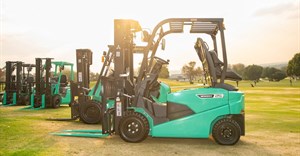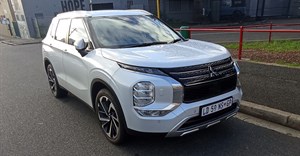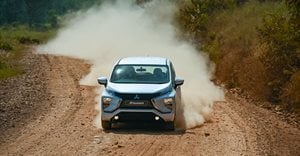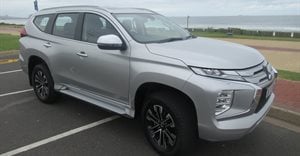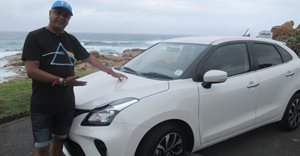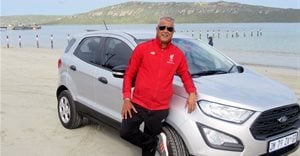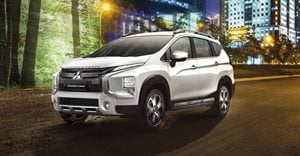
Subscribe & Follow
#RoadTest: Mitsubishi Triton - The rise of the underdog
I sampled the new Triton on the local launch in the Magaliesberg, and here are my impressions...
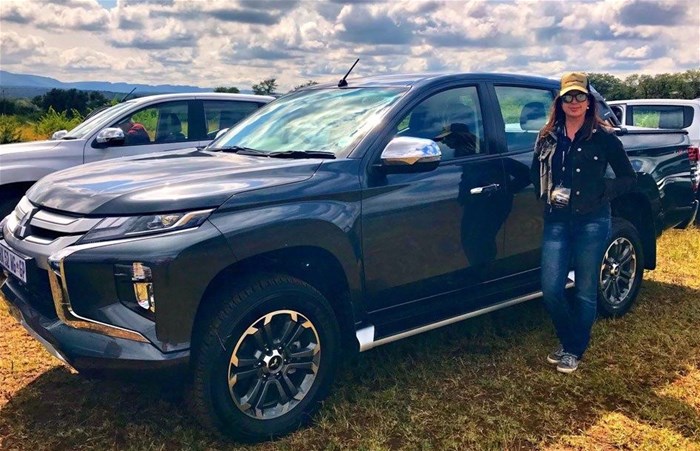
Striking new appearance
The first thing you notice about Mitsubishi's bakkie is its steely new face. Referred to by the Japanese carmaker as the 'Dynamic Shield' front design concept, we've come to know and love it from the Pajero Sport and more recently, the Mitsubishi Eclipse Cross SUV, my favourite new crossover of the moment.
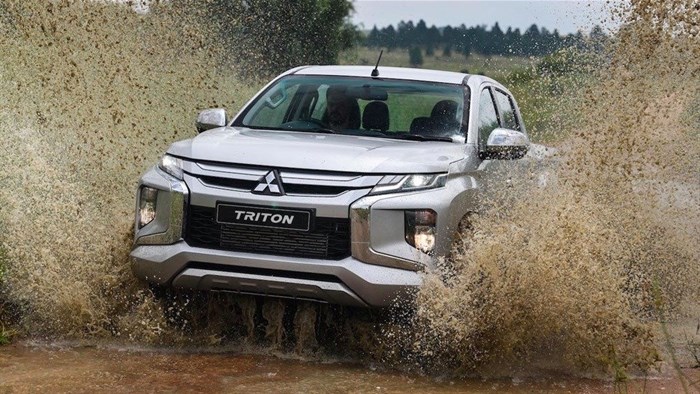
Clever use of visual space, shiny grille elements and aggressive square and horizontal lines all blend together for a beefy and imposing, yet stylish look. At the rear, all bakkies mostly look the same, but Mitsubishi manages to create some visual interest with their P-shaped light design. And if you want to make even more of a style statement, you can have your Triton in Sunflare Orange, ready to be rubbed in the noses of Ford Ranger Wildtrak owners. The rest of the available colour palette consists of neutrals such as Diamond White Metallic and Graphite Grey Metallic.
Classy cabin
Inside the new Triton, things are looking considerably better. Gone is the finicky infotainment system and incoherently designed dash of the outgoing model. Compared to current contenders, the Triton's touchscreen system is actually the easier one to use (bar the VW Amarok's), and seems more upmarket than the Hilux and Isuzu's systems. While we somehow couldn't get the hands-free voice control system to work, we did utilise both Android Auto and Apple CarPlay (optional). The Satnav also works efficiently.

My co-driver and I could also set the temperature to our individual preference, thanks to dual-zone climate control. Leather seats are standard, the driver's seat is electrically adjustable, and the steering wheel is height- and depth-adjustable too. The chromatic rear-view mirror prevents blinding night-time glare from traffic behind you, and we could also fold in our side mirrors by pressing a button.
On the road
To improve overall ride quality and refinement, the new Triton's suspension has been tweaked, and there's less noise and vibration entering the cabin. Even the perky 2.4-litre (133kW / 430Nm) MIVEC DOHC turbo-diesel engine sounds oddly quiet for a diesel. Compared to the Isuzu D-MAX, it sounds like it went to a Swiss finishing school.
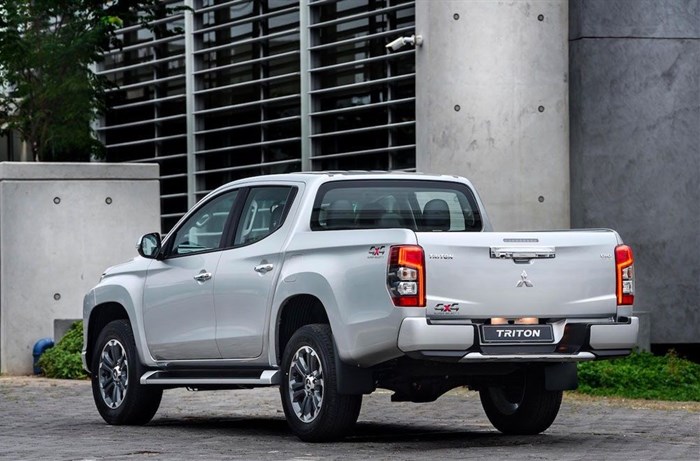
The Triton is off-road as well as tarmac-friendly, but it's on dirt and gravel where its skills have been honed the most. The latest incarnation of Mitsubishi's Super Select II 4WD system now has hill descent control added to the 4x4 (6-speed) automatic variant which we drove on launch. We were given ample opportunity to test this at an advanced 4x4 track in the Magaliesberg. The hill-descent system, also found in the Pajero Sport, has the unique capability of descending a steep decline at the speed that you choose and adjusts to the amount of throttle given to speed things up a little if you feel that the going is too slow. This new system is highly refined and feels (and sounds) completely natural.
Another new feature in the Triton is the selectable off-road mode which maximises traction on any given surface, namely Gravel, Mud/Snow or Sand mode (in 4HLc). We had a couple of steep inclines on the track that involved a sharp turn upwards from a slippery mud surface, and the Triton didn't bat an eyelid, getting to the top without breaking a sweat.
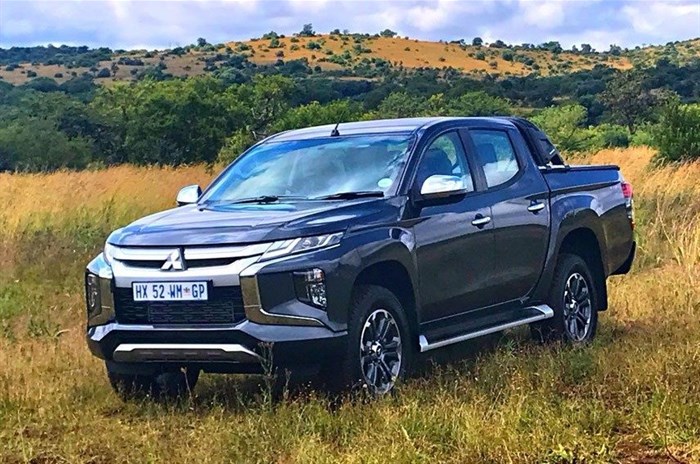
In some instances, where we were advised to lock the rear differential as well, we managed to overcome obstacles easily by just staying in low range. The Super Select II 4WD system works beautifully and I am already planning to take the Triton to the Cederberg for some off-road fun and games, since it doesn't look like I will be in much need of a recovery vehicle!
Pricing
The new Triton range includes four double-cab derivatives:
- New Triton 2.4L DI-DC M/T 4x2: R509,995
- New Triton 2.4L DI-DC A/T 4x2: R529,995
- New Triton 2.4L DI-DC M/T 4x4: R569,995
- New Triton 2.4L DI-DC A/T 4x4: R589,995
The Triton comes with a 3-year/100,000 km warranty, 5-year 90,000 km service plan. Services should take place every 10,000 km.
Safety features
If the moms have any say in the bakkie-buying process, they'll be pleased to know that many life-preserving acronyms have been added in the new Triton:
- ASTC (Active Stability and Traction Control)
- ABS (Anti-lock Braking System)
- EBD (Electronic Brake-force Distribution)
- BAS (Brake Assist System)
- HSA (Hill Start Assist System)
- DRL (Daytime Running Lights)
Isofix child seat anchorage points and a rearview camera are also standard features. The Triton is generously equipped with seven airbags, which is not something you see every day in the LCV (light commercial vehicle) segment! Mitsubishi says they've also improved braking performance by using larger front discs and calliper pistons. The Triton also features side impact protection bars and Mitsubishi's RISE (Reinforced Impact Safety Evolution) body construction.
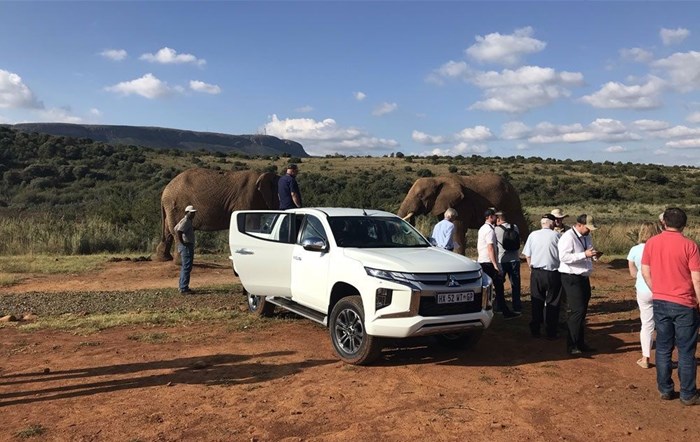
Verdict
The new Triton deserves to be on SA's list of top three best-selling bakkies. At this price, combined with its rugged off-road capability and such a long list of standard equipment, this not just a goal, but almost a certainty. I hope to see more Tritons gracing our roads very shortly.
Source: AutoTrader

AutoTrader, SA’s No.1 for buying and selling cars. The fastest and easiest way to find cars, bikes, leisure, boats, trucks, commercial, plant, farm, car spares, accessories and more. The trusted motoring marketplace.
Go to: www.autotrader.co.za







